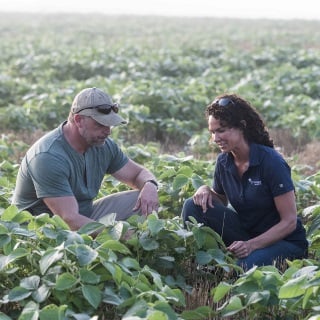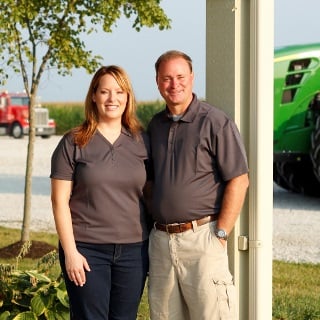Working capital is a simple equation of current assets minus current liabilities. However, the ins and outs of calculating working capital are far more complicated than a simple arithmetic problem. Farming is a complex business and it’s easy to miss a liability or an asset when trying to get a handle on your current financial situation. These kinds of mistakes can provide an inaccurate picture of an operation’s financial standing and may unearth unpleasant surprises later. Here are some common mistakes or pitfalls to avoid when calculating working capital.
Not accounting for accrued interest and other annual expenses
Depending on the loan size and payment frequency, accruing interest can represent a large liability on an operation’s balance sheet. Often these payments are scheduled on an annual or semiannual basis. Like any expense that’s only charged once a year, these payments can easily become out of sight and out mind after they are paid. Take time to go through your operation’s entire book to make sure you are planning for all expenditures throughout the year or you may overstate your working capital position.
Not accounting for current portion of term debt
Working capital is a financial indicator that is meant to measure an operation’s annual assets and liabilities for an operating cycle. While the long-term liability for any debt should not be counted against working capital, the current portion of term debt ¾ or what’s due in the current year ¾ should be calculated and included as a line item.
Calculating working capital at the wrong time of year
Going through the exercise of calculating working capital on an annual basis is key, but certain times of the year are more beneficial than others. A common mistake some farmers make is calculating working capital based on their projections for going to market after harvest. Depending on what actually materializes at harvest and happens with marketing, this can overstate the operation’s assets. Working capital should always be based on real numbers on a balance sheet, not predictions or forecasts. A better time to calculate your working capital position is at the beginning of the calendar year for grain farms.
Believing that working capital is “nonworking” capital
Some farmers may see working capital as money that’s simply sitting on the balance sheet and not being put to use. However, having a strong working capital position allows you to do what’s needed on your operation. Beyond the ability to secure financing, working capital is there as a cushion for hard times and as a reservoir, allowing you to take advantage of in-the-moment opportunities you may have had to pass on otherwise.
Knowing your working capital position helps you make important operating decisions such as purchasing inputs or feeder livestock. If an opportunity presents itself for a down payment on capital assets or a cash discount on inputs, your working capital position influences the final decision you make. Correctly calculating your position helps ensure your decisions accurately reflect what’s best for your operation.






